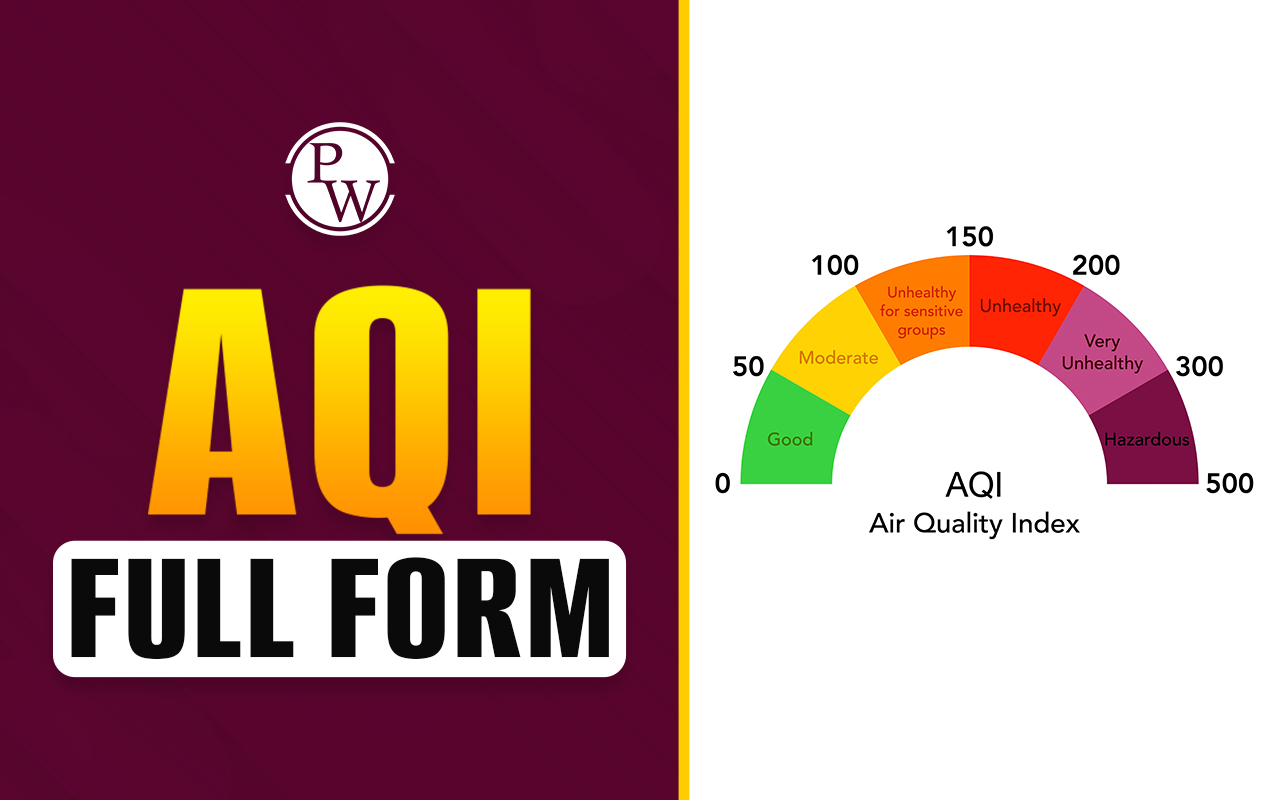

ATP stands for Adenosine triphosphate. It is a molecule that carries or transports energy and is present in all living organisms. When food molecules are broken down, chemical energy is released which is captured by ATP and is used to carry out other cellular operations.
To drive metabolic events, transfer necessary molecules across membranes, and do mechanical labour, such as moving muscles, cells need chemical energy.
Chemical energy cannot be stored by ATP. Lipids, carbohydrates, and glycogen serve as storage forms of energy. ATP is formed when energy from storage molecules is required by the cell. Then, ATP will act as a shuttle, transporting energy to regions of the cell where energy-intensive processes are occurring.
Structure of ATP
- The nitrogenous base adenine, ribose sugar, and a chain of three phosphate groups are linked to ribose are the three main components of the nucleotide ATP.
- The actual source of energy that the cell uses is the phosphate tail of ATP.
- The bonds between the phosphates hold the available energy, which is released when they are broken by adding a water molecule (a process called hydrolysis).
- Adenosine diphosphate (ADP), a version of the nucleotide with only two phosphates, is formed when the outermost phosphate of ATP is removed to produce energy.
Functions of ATP
ATP performs a variety of functions which are as follows-
- As an energy source
- The main form of energy used by cells is ATP, which is essential for all cellular processes. The hydrolysis of ATP and the formation of adenosine diphosphate results in an energy release (ADP).
- Normal conditions lead to the release of 7.3 kilocalories per mole, or 30.6 kilojoules per mole when a single phosphate group is removed.
- All of the activities that take place inside the cell are driven by this energy.
- ADP can also be converted back into ATP, freeing the energy for other cellular processes.
- Multiple unique processes are used to produce ATP. Only plants and cyanobacteria can engage in photophosphorylation, among other things.
- Photosynthesis is the method through which ATP is produced using solar energy from ADP.
- A cell's mitochondria, where the process of cellular respiration takes place, also produce ATP.
- ATP is formed via aerobic respiration from glucose and oxygen (carbon dioxide and water).
- Archaea and bacteria that live in anaerobic environments frequently use anaerobic respiration, a type of respiration that does not require oxygen.
- Cell signalling
- The body produces ATP, a crucial signalling molecule for cell communication.
- As a source of energy, kinases, which are enzymes that phosphorylate molecules, use phosphate groups from ATP.
- In signal transduction, which is the process by which a physical or chemical signal is transmitted from receptors on the exterior of the cell to the interior of the cell, kinases must play a crucial role.
- The cell can respond correctly after the signal has reached it. Due to the signals received, cells may be instructed to grow, metabolise, specialise into particular kinds, or even die.
Synthesis of DNA
- The molecule adenosine, which is formed from ATP and then immediately incorporated into the RNA molecule, has the nucleobase adenine as one of its constituents.
- Cytosine, guanine, and uracil are the other nucleobases contained in RNA and are similarly synthesised from CTP, GTP, and UTP. DNA may also contain adenine. Its incorporation into DNA resembles that of ATP, however, ATP must first transform deoxyadenosine triphosphate (dATP) to become a part of a DNA strand.
- Adenosine triphosphate is an example of which is found in ATP, ADP, AMP, and cAMP (ATP).
- Another group of molecules connected to ATP by the designations adenosine diphosphate (ADP), adenosine monophosphate (AMP), and cyclic AMP are also present (cAMP).
[wp-faq-schema title=" Full Form of ATP FAQs" accordion=1]
What is ADP?
What is AMP?
What is cAMP?












